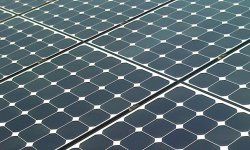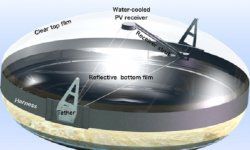Our energy systems are in need of a serious tuneup, for a number of reasons. Using predominantly petroleum (and other fossil fuel) products for energy production has a couple of major drawbacks, including limited supplies, the release of greenhouse gases and other pollutants during use, and for most countries, the dependence on foreign oil and coal supplies (and the inevitable price increases that go along with that).
But the solar power industry has been pushing out innovations right and left, some of which have the potential to make a serious (and positive) impact on our energy systems.
Advertisement
Keep reading to learn about 6 of the top solar power innovations.

